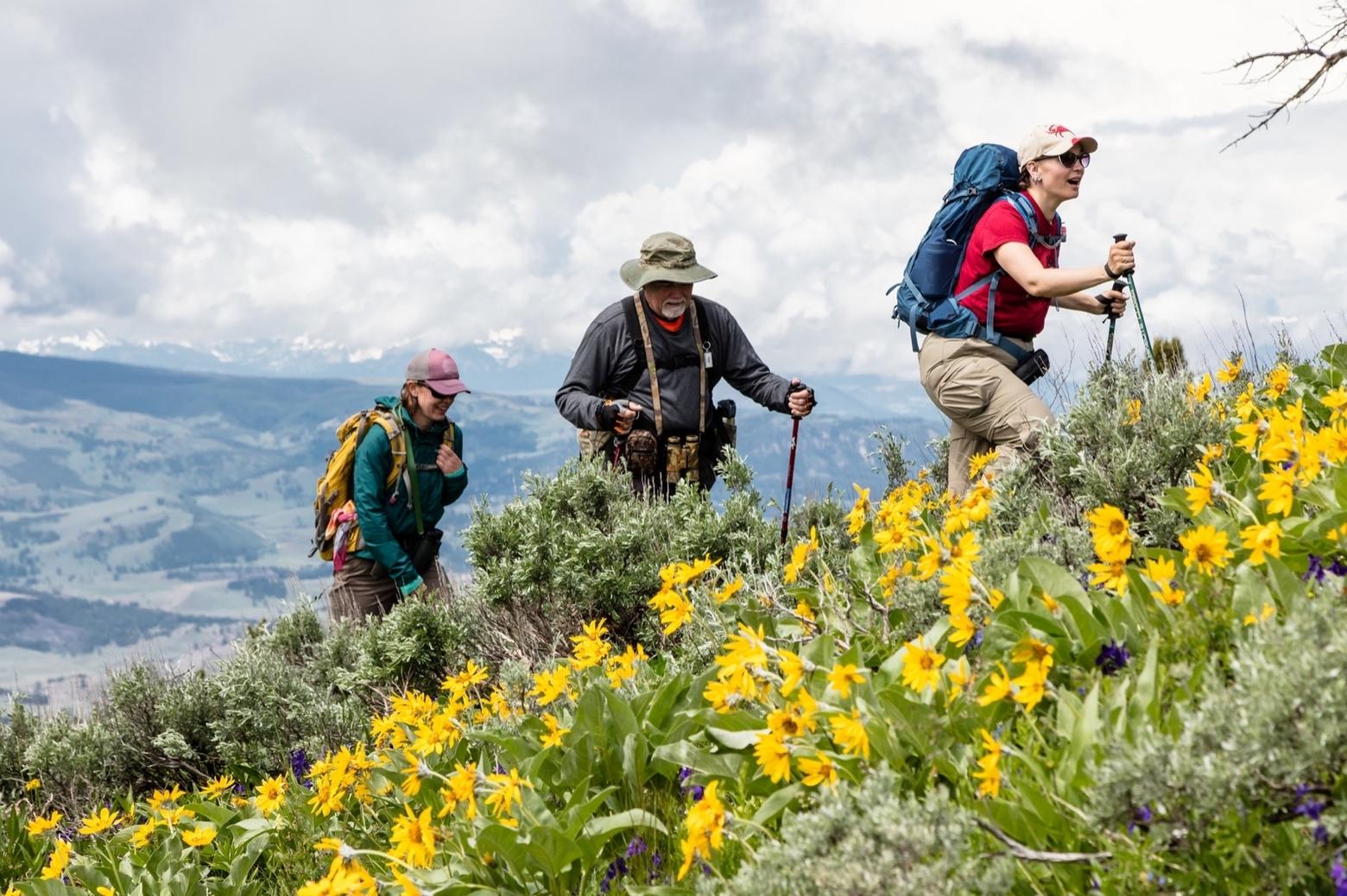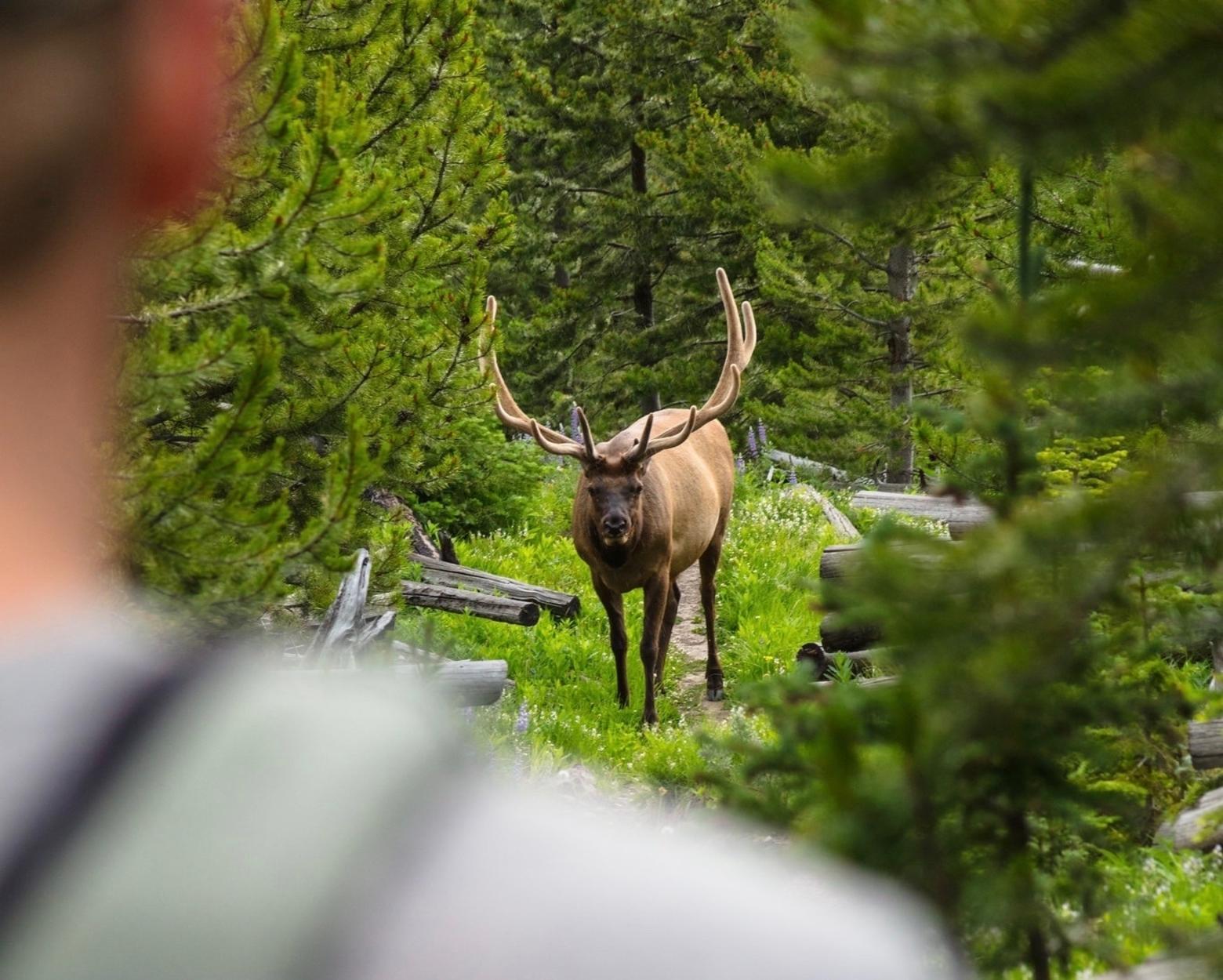Back to Stories
April 24, 2019
Heeding The Trade-Offs Of Recreation-Based Growth Near Yellowstone
Gallatin County, Montana is one of the fastest-growing non-urban counties in America but is there a plan to deal with the deluge?
Census numbers released last week should come as no surprise in southwest Montana. Gallatin County, which encompasses Bozeman, remains the fastest growing in the state, adding more than 22,000 people since 2010. Adjacent Madison County came in second, having grown by 14 percent since 2010.
These growth trends reflect what we already know: this is a great place to live. People want to live in communities with access to outdoor recreation and natural amenities.
Our research at Headwaters Economics has found that the ability of recreation economies like ours to attract new residents—such as entrepreneurs, workers, and retirees—is a particularly powerful economic advantage. Across the nation, counties with recreation economies have grown faster since the Great Recession ended in 2010. Access to recreation may make the difference between gaining or losing population, particularly in small cities and rural areas.
While outdoor recreation economies sometimes are equated with relatively low-paying service sector jobs, the truth is more nuanced.
Average wages per job are, indeed, lower in recreation counties. However, our research found that since the Great Recession earnings per job are growing faster than in non-recreation counties. At this trajectory, wages in recreation counties may eventually meet or exceed wages in non-recreation communities.
People moving to recreation counties tend to be wealthier. On average, newcomers to recreation counties have higher household income compared to both current residents and people moving to non-recreation counties. These new residents may be business owners, entrepreneurs, or retirees with nest eggs. In turn, they expand and diversify the economy as they start businesses, spend money, and require professional services—such as from teachers, doctors, and accountants. They also broaden the tax base for a community.
In communities near national parks, these benefits are amplified. With over four million visits each year, Yellowstone National Park helps create nearly 8,000 jobs in our region, generating more than $219 million in income and a cumulative economic benefit of more than $680 million.
As Gallatin County residents well know, attracting millions of visitors, new residents, and higher income households is not without trade-offs. Rapid growth in many recreation communities like Bozeman leads to an increase in the cost of living, urban sprawl, higher infrastructure costs, and development encroaching into prime soils, wildlife habitat, and wildfire-prone lands, among other challenges. If we aren’t careful, the rise in cost of living will outstrip the benefits from rising income.
As a community with a strong recreation economy and as a neighbor to a national park, we must work fast and intentionally to balance these trade-offs. Undoubtedly, this will require hard decisions by our leaders. Land use planning will need to prioritize the protection of special places, focus development in areas with existing infrastructure, and incorporate meaningful affordable housing strategies to maintain our quality of life and remain an appealing place to visit and live.
These growth trends reflect what we already know: this is a great place to live. People want to live in communities with access to outdoor recreation and natural amenities.
Our research at Headwaters Economics has found that the ability of recreation economies like ours to attract new residents—such as entrepreneurs, workers, and retirees—is a particularly powerful economic advantage. Across the nation, counties with recreation economies have grown faster since the Great Recession ended in 2010. Access to recreation may make the difference between gaining or losing population, particularly in small cities and rural areas.
While outdoor recreation economies sometimes are equated with relatively low-paying service sector jobs, the truth is more nuanced.
Average wages per job are, indeed, lower in recreation counties. However, our research found that since the Great Recession earnings per job are growing faster than in non-recreation counties. At this trajectory, wages in recreation counties may eventually meet or exceed wages in non-recreation communities.
People moving to recreation counties tend to be wealthier. On average, newcomers to recreation counties have higher household income compared to both current residents and people moving to non-recreation counties. These new residents may be business owners, entrepreneurs, or retirees with nest eggs. In turn, they expand and diversify the economy as they start businesses, spend money, and require professional services—such as from teachers, doctors, and accountants. They also broaden the tax base for a community.
In communities near national parks, these benefits are amplified. With over four million visits each year, Yellowstone National Park helps create nearly 8,000 jobs in our region, generating more than $219 million in income and a cumulative economic benefit of more than $680 million.
As Gallatin County residents well know, attracting millions of visitors, new residents, and higher income households is not without trade-offs. Rapid growth in many recreation communities like Bozeman leads to an increase in the cost of living, urban sprawl, higher infrastructure costs, and development encroaching into prime soils, wildlife habitat, and wildfire-prone lands, among other challenges. If we aren’t careful, the rise in cost of living will outstrip the benefits from rising income.
As a community with a strong recreation economy and as a neighbor to a national park, we must work fast and intentionally to balance these trade-offs. Undoubtedly, this will require hard decisions by our leaders. Land use planning will need to prioritize the protection of special places, focus development in areas with existing infrastructure, and incorporate meaningful affordable housing strategies to maintain our quality of life and remain an appealing place to visit and live.
We must prioritize investment in recreation infrastructure and stewardship of existing amenities like parks and trails to avoid damaging the features that draw and keep people here. Studies show that the cost of investing in community trails is dwarfed by the benefits they create. Trails can increase property values, generate spending at local businesses, and improve public health—particularly in low-income neighborhoods.
As we continue to grow—and we will—our natural resources and recreation culture can be powerful economic advantages if we carefully plan for the inevitable trade-offs of being a place many want to call home.
EDITOR'S NOTE: Megan Lawson, Ph.D., is an economist and researcher with Bozeman-based Headwaters Economics.
Also read these related Mountain Journal stories:
Unnatural Disaster: Will America's Most Iconic Wild Ecosystem Be Lost To A Tidal Wave of People? by Todd Wilkinson
Mapping To Build A Smarter Human Footprint by Lori Ryker




